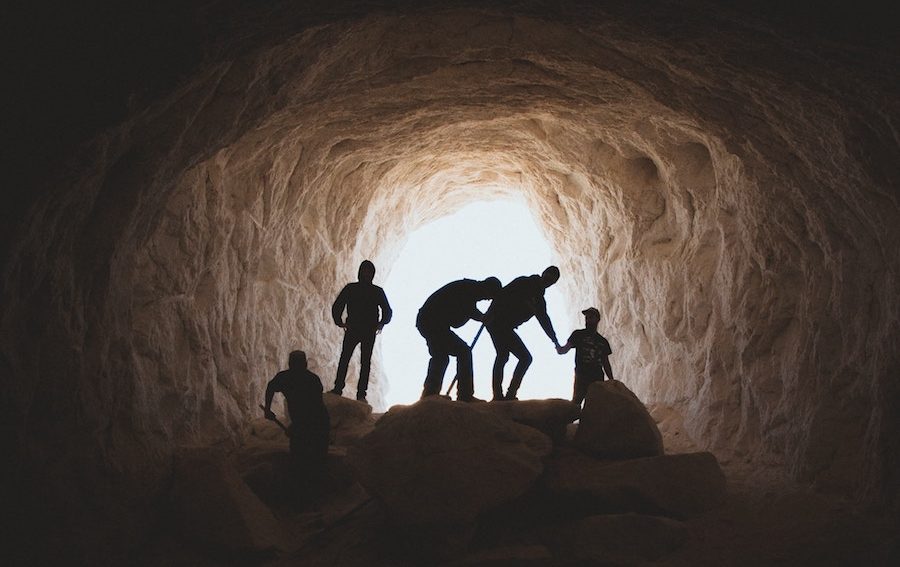Bitcoin mining is ‘a very complex dynamic economy’

May 2020 – the scheduled timeline for the next Bitcoin halving, a phenomenon that occurs after every 210,000 blocks are mined, resulting in the block reward cut by half. The upcoming halving would result in Bitcoin’s block reward dropping from 12.5 BTC to 6.5 BTC. While this is set to happen this coming year, Bitcoin has already marked the milestone of crossing $18 million in terms of circulating supply, leaving only $3 million more coins left to be mined.
On one hand, several influencers and Bitcoin proponents believe that Bitcoin halving is an extremely bullish sign for Bitcoin. On the other hand, some go about the notion that as the block rewards continue to drop over time, so will the miners participating in the network, thereby posing a threat to Bitcoin’s security.
In a Q&A session on YouTube, Andreas Antonopoulos spoke about all-things mining and block reward. Andreas stated that one of the questions of whether miners will continue to mine is raised by every single miner on a daily basis. He said,
“it occurs within every single mining farm at a different level depending on the efficiency of the equipment. This is a question that is answered based on a very large set of variables that a miner has to take into consideration.”
He stated that Bitcoin mining was “a very complex dynamic economy,” that depends on several variables, adding that they interact in order “to give each miner profitability for each piece of ASIC mining equipment.” He said,
“therefore decide on a daily basis based on their profitability and projected profitability that they anticipate over the next few days, weeks, months whether they will keep running that particular piece of equipment […] for today.
Antonopoulos stated that some of the factors influencing miner‘s decision were the efficiency of the ASIC miner or hardware equipment, cost of electricity, and block subsidy. He added that miners would eventually turn off the equipment that would turn out to be least efficient and continue to use the ones that project to be the most efficient.
[…]In the springtime of 2020 that profitability is going to change because the block subsidy is going to be divided by half. They also anticipate that the market is going to react to these changes […] at the same time they may have a profit margin that’s big enough to absorb that difference in the mining block subsidy.”
The author stated that the decision as to whether to continue or not was usually made months in advance “by purchasing better more efficient mining hardware, by negotiating better rates of electricity.” He also stated that this decision was made by even hedging trades in Bitcoin exchanges and open markets “in order to accommodate the future risk,” adding that miners could use futures to hedge some of the risks. Antonopoulos stated that “Bitcoin futures is one of the ways miners operate.”
He further said,
“We’ve seen in previous having’s despite the media writing all of these scary stories about how the Bitcoin is going to stop operating etc. In fact, nothing much happens on the day of the halving, although the market did react mostly by changes in the Bitcoin price over the next few months or years.”






